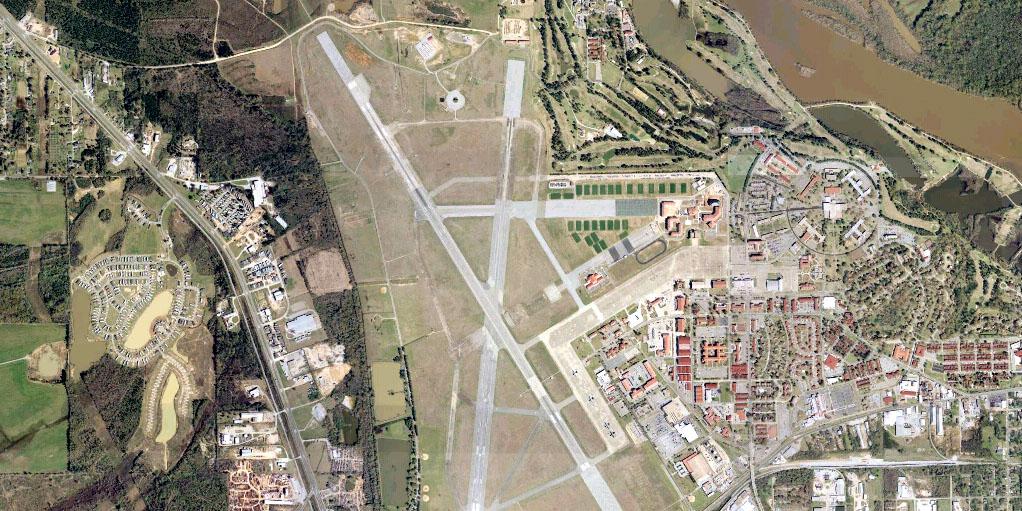Air Force Extends Smart Base Pilot Program
After about a year, the U.S. Air Force is extending its smart base pilot program at Maxwell-Gunter Air Force Base, Montgomery, Ala. The effort takes advantage of Internet of Things (IoT) technologies and applies the smart city concept to the base. The lessons learned at Maxwell likely will be applied to Air Force bases around the world.
AT&T announced last April that it was partnering with the Air Force on the smart base concept. The company has been installing and integrating network-connected sensors into the everyday operations of the base. The intent was to create proof-of-concept demonstrations of smart perimeters, gate monitoring, notifications, fleet management and more in an effort to increase security, efficiency and effectiveness.
The pilot has been successful so far in the eyes of Air Force officials and is being extended, Frank Konieczny, Air Force chief technology officer, told the audience at the April 24 AFCEA IoT Summit in Washington, D.C. The AFCEA D.C. chapter sponsored the event.
“We’re going to extend the pilot out to do a more in-depth analysis of what sensors we’re going to put out there,” Konieczny said. “That’s been pretty much successful as far as we’re concerned.”
Konieczny said the Air Force is grappling with authenticating, securing and fusing together a wide variety of IoT sensors. Sensors provide data on heating and air conditioning systems, aircraft engines, truck tires, chemical plants and runway debris, just to name a few.
The next step is to fuse together those disparate systems, many of which have been around for awhile. “The problem we have is that, if you know the Air Force, we have lots of things. We have chemical plants. We have all sorts of old IT devices out there. You’d be surprised how many dumb sensors we have out there,” Konieczny said. “The question we always have is how we’re going to fuse all these sensors together into some coherent strategy. There are multiple protocols for all of the IT devices and sensors that we have out there right now.”
He cited authentication of sensors as one challenge and suggested the pilot program has come up with some novel solutions. “We’re progressing down that path,” he said.
To illustrate, he used the example of air pressure sensors for fuel truck tires. If adversaries want to delay a mission, one way to do it would be to have a sensor indicate a tire is flat. If the tanker truck can’t move, the plane can’t get fuel, he explained.
The Air Force must first assess the sheer number and variety of sensors and has not begun analyzing sensors for such things as tire pressure and fuel gauges, he said. “We’re planning to start doing it pretty quickly,” Konieczny added.
He also indicated that the lessons learned at Maxwell will be applied to other bases. “Think of the Air Force as multiple cities across the globe. We have 200 and some locations. We have to look at it from the standpoint of what is the attack vector for all of the IoT that we have within the Air Force,” he said. “Maxwell is the example as we move forward.”
While it is fairly easy to add IoT sensors to Maxwell, he suggested, bases with more of a combat role will be more challenging.





Comments